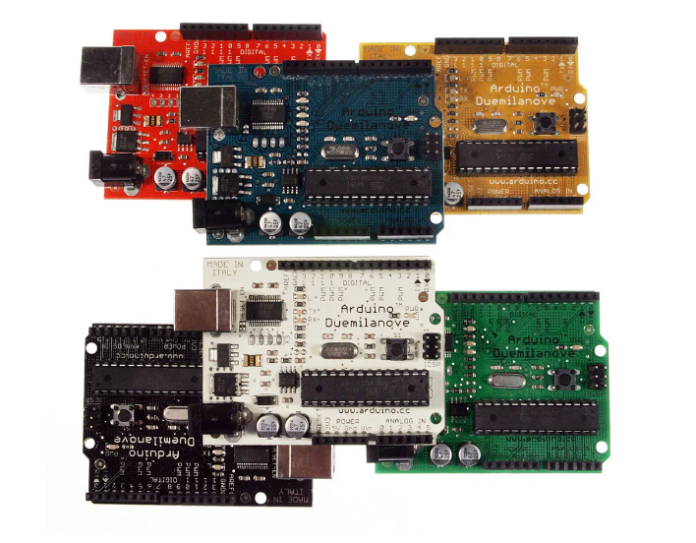“I imagine a museum that is completely programmable, where people can actually interact with the entire physical space using touch, movement or their mobile phone,” he said.
JUST five years ago, an artist or designer who wanted to add the slightest bit of interactivity to a work for a museum or gallery had two options: buy a computer that cost about $2,000 and have it reprogrammed to fit the task at hand, or hire a computer engineer to design and fabricate a computer chip specifically for the artwork.
These, of course, were not viable options for your average starving artist.
This all changed a few years ago when a group of five engineers and artists got together to develop a tiny programmable computer called an Arduino, (pronounced arr-DWEE-no).”
Source:
Bilton, N. (2011, March 16). An interactive exhibit for about $30. The New York Times. https://www.nytimes.com/2011/03/17/arts/design/arduinos-provide-interactive-exhibits-for-about-30.html?searchResultPosition=4
Analysis:
This article is from 2011 so it would interesting to have an update on how this really inexpensive chip has impacted exhibits. Museums don’t often have the most funding and for a smaller National Park like the one in Dayton, a piece of technology like this that can make intelligent and interactive exhibits at an affordable price it can make a difference. It takes a lot of work and funds to update museums and that is why it doesn’t happen very often. On top of that, historical museums are almost completely reliant on what can be unearthed or have a temporary installation to have new attractions. Modernizing some of the exhibits could be the intermediary.




